Planting/caring instructions for Windmill Palms
ashug987
16 years ago
Related Stories
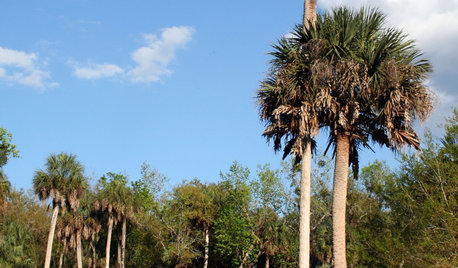
TREESGreat Design Plant: Sabal Palm Enchants in Balmy Sites
Towering and tolerant, this tree blends in, stands out and happily stars in vacation photos
Full Story
HOUSEPLANTSMeet a Palm That's Fine With Fluorescent Light
Get the look of the tropics without the full-on sun and high humidity — parlor palm tolerates regular indoor conditions with aplomb
Full Story
LANDSCAPE DESIGNCelebrate a Sunny Climate With the Right Leafy Palm for Your Site
So you get freezes or floods. So your garden is small. These palms send excuses riding off into the tropical sunset
Full Story
HOUSEPLANTS8 Essentials for Healthy Indoor Plants
Houseplants add so much to our homes — and can thrive when grown in the right conditions. Keep these tips in mind
Full Story
HOUSEPLANTSOne Pot, One Big Shot of the Tropics
Give your rooms exotic flair in a single stroke. Tall Kentia palm fits the tropical bill beautifully
Full Story
GARDENING GUIDESCommon Myths That May Be Hurting Your Garden
Discover the truth about fertilizer, soil, staking and more to keep your plants healthy and happy
Full Story
LANDSCAPE DESIGNGet Along With Less Lawn — Ideas to Save Water and Effort
Ditch the mower and lower your water bill while creating a feast for the eyes with diverse plantings and gathering places
Full Story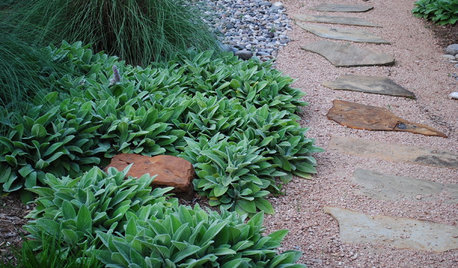
SAVING WATERLush Gardens With Low Water Needs
Drought tolerant doesn’t have mean spindly, brown and thorny
Full Story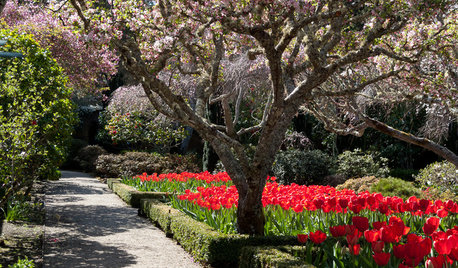
PLANTING IDEASEasygoing Tulip Ideas From a Grand California Garden
Gather up these ways to use tulips to make a spring garden of any size overflow with beauty
Full Story
DECORATING GUIDESKnot Again! Macrame Is Back
It's happened. A craft that typified 1970s style (the owls, the spider plants!) is back, but better
Full StoryMore Discussions






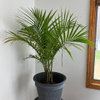
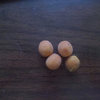

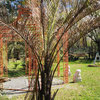
User
turtile
Related Professionals
East Rancho Dominguez Landscape Architects & Landscape Designers · Manhattan Beach Landscape Architects & Landscape Designers · Oatfield Landscape Architects & Landscape Designers · South Orange Landscape Architects & Landscape Designers · Southfield Landscape Architects & Landscape Designers · Wake Forest Landscape Contractors · Brooklyn Park Landscape Contractors · Dedham Landscape Contractors · Fair Lawn Landscape Contractors · Flagstaff Landscape Contractors · Inglewood Landscape Contractors · Thonotosassa Landscape Contractors · San Pablo Landscape Contractors · Lees Summit Window Contractors · Bellwood Window Contractorsashug987Original Author
homernoy
ashug987Original Author
ashug987Original Author
topher2006
alex_7b
turtile
JohnnieB
ashug987Original Author
mastra55